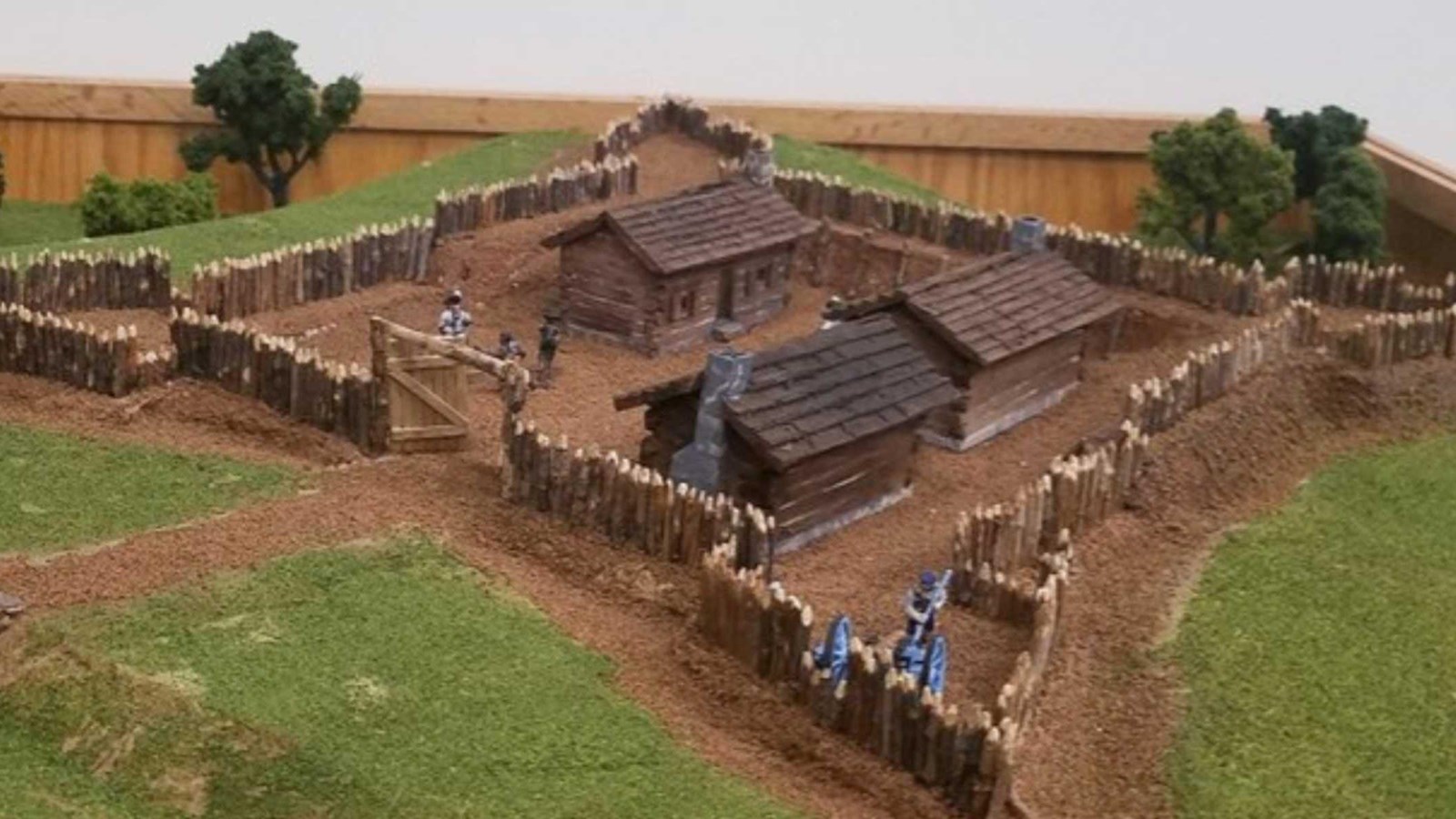Last updated: November 25, 2020
Place
Fort de Cavagnial

Lewis and Clark NHT Visitor Centers and Museums
This map shows a range of features associated with the Lewis and Clark National Historic Trail, which commemorates the 1803-1806 Lewis and Clark Expedition. The trail spans a large portion of the North American continent, from the Ohio River in Pittsburgh, Pennsylvania, to the mouth of the Columbia River in Oregon and Washington. The trail is comprised of the historic route of the Lewis and Clark Expedition, an auto tour route, high potential historic sites (shown in black), visitor centers (shown in orange), and pivotal places (shown in green). These features can be selected on the map to reveal additional information. Also shown is a base map displaying state boundaries, cities, rivers, and highways. The map conveys how a significant area of the North American continent was traversed by the Lewis and Clark Expedition and indicates the many places where visitors can learn about their journey and experience the landscape through which they traveled.
The men camped on the Missouri side of the river, and William Clark noted that on the Kansas side the French had established a small fort known as Fort de Cavagnial (or Cavagnolle). He was informed of this fort by one of the French voyageurs.
Named after the French governor of Louisiana, the fort was built in 1744 and abandoned in 1764 when France transferred the territory to Spain. It was located just north of present Fort Leavenworth, Kansas, and was not a military fort, but rather a stockade to control the trade with the Kansa and Osage Indians and perhaps to promote trade with the Spanish to the southwest.
According to the Frontier Army Museum at Fort Leavenworth, the log structure was 80-feet square, with protective extensions at each corner. Inside the fort was the commandant’s house, the guard house, and a powder and traders’ house. It’s believed the post population totaled about 40 people, consisting of the commandant, about 10 French soldiers, and the traders and their families.
Today, a plaque marks the likely area of the fort site, about three miles northwest of Fort Leavenworth. It mentions Lewis and Clark visiting the abandoned fort, but nothing is written in the July 2, 1804 journal entries about the Captains crossing the river and actually visiting the remains.
